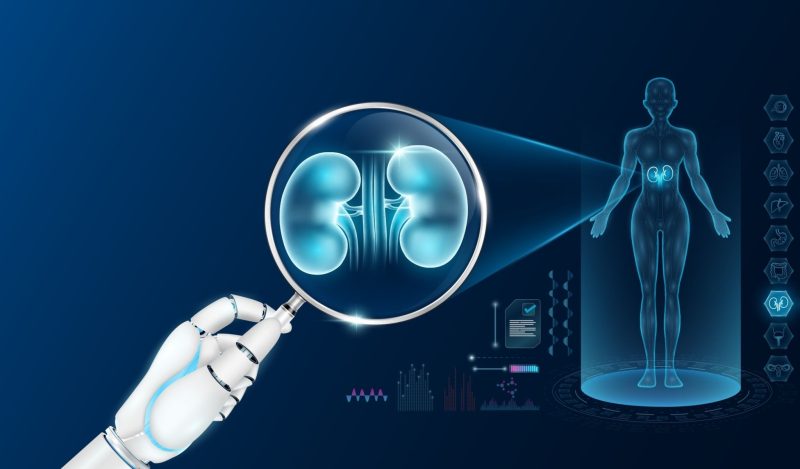Which causes more myocarditis: COVID19 or COVID19 vaccination? This question should be answered easily, yet here you are, reading this.
First, let us agree to the terms: We want to know the rate of myocarditis after COVID19 or vaccination for individuals. Since we know age and gender, it would be useful to know these rates by age and gender.
For instance, what is the rate of myocarditis in a boy between the ages of 12-15 if they get COVID19 vs. if they get the vaccination, or alternatively, what are those rates in a 40-45 year old woman? Lumping everyone together— from 12 year old boys to 80 year old women—would be silly.
Let us be honest. This is not asking for the moon. It is a simple question. The answer should be very clear. In fact, one could present it as a table.
Second, let’s be very clear about the fraction we are after. When it comes to myocarditis after COVID19 we want the following:
Number of cases of myocarditis within 14 or 21 days after vaccination (excess) / Number of vaccinations given
For rates of myocarditis after COVID19 we want the following:
Number of cases of myocarditis within 14 or 21 days after COVID19 (excess) / Number of infections of COVID19
When it comes to the former, the FDA has given us a clear number for boys aged 12 to 15 and 16 to 18 (orange bars). This is FDA’s slide; the data come from OPTUM health

This translates into a risk of myocarditis of 179 per million in boys aged 12 to 15, and 196 per million in boys aged 16 to 18.
That is a rate of 1 in 5,600 and 1 in 5,100 respectively. (Note: I am not citing a preprint here, I am citing the FDA’s own slides)
Now what about the rate of myocarditis after COVID19? To perform this calculation you need the numerator of excess myocarditis cases after infection and divide that by the number of people who have been infected.
While many publications have reported the numerator, the denominator requires serologic testing. You need to know people who were infected who may not have even showed symptoms. You cannot use cases presenting to health care systems as the denominator, as that is is not the totality of infections.
A reader can correct me if I am wrong but, I have not seen ANY analysis that uses the denominator of infections. Many papers model this denominator, but the correct method would be to perform seroprevalence of a large cohort. Can anyone provide a link to such a paper— one that uses a denominator of seroprevalence?
Until this is provided, the best answer to the question is: We don’t know for sure. That might not be satisfactory to some, but it is honest science. Everyone has an opinion on this question, but in God we trust, all others must bring data.
Republished from the author’s blog
Published under a Creative Commons Attribution 4.0 International License
For reprints, please set the canonical link back to the original Brownstone Institute Article and Author.









